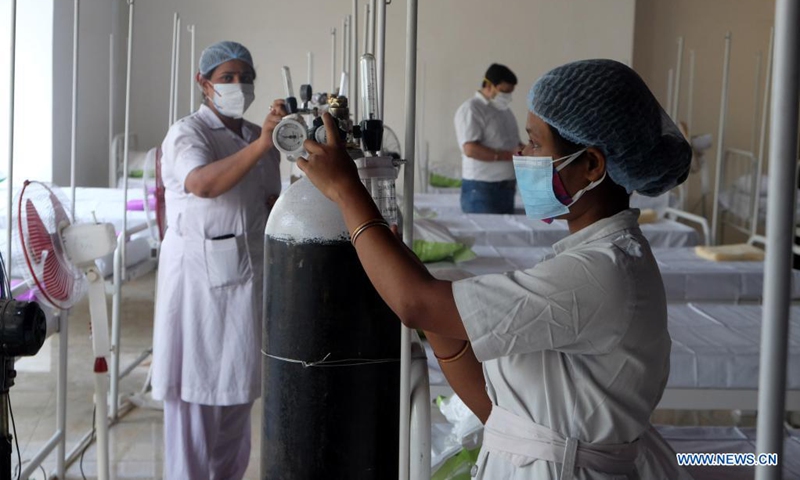What you repeatedly fail to understand is that those percentages assume you are in the presence of someone with actively contagious Covid. The odds of you being in extended contact with anyone with Covid are slim. If you figure in the span of over a year that less than 10% of the population has contracted Covid and the fact that those with Covid tend to stay home, the odds of being in proximity of someone with Covid at any point in time (likely an asymptomatic, which aren't reliable spreaders) are just miniscule. On a daily basis there is very, very small percentage of the population that have Covid.The key is understanding that "effective" is not boolean, or even uniform.
Masks seem to reduce your ability to receive covid by about 10%. They also reduce your ability to send covid by 50 to 70%.
So, should I go indoors because my mask protects me? No. 90% of the risk to me is still there.
Should I go indoors because I know others wear masks? Not really. 30 to 50% of the risk is still there.
If I am stuck being indoors, should I wear a mask? Yes, because the mask eliminates more than half of the risk from me to other people. (Even though the risk to me is still quite high.)
Based on SD numbers on average during the pandemic there was (assuming a 10 day contagious period) only 0.19% (1 in 523) of the population that had Covid on a daily basis. At the peak you had a 1.02% (1 in 98) of the population and currently only .005% (1 and 2000). The odds are never that high that you would come in contact with someone with Covid. I understand that those odds are still likely too high for you.
Restaurants, bars and indoor spaces don't cause the virus to spread, only people with Covid do.




